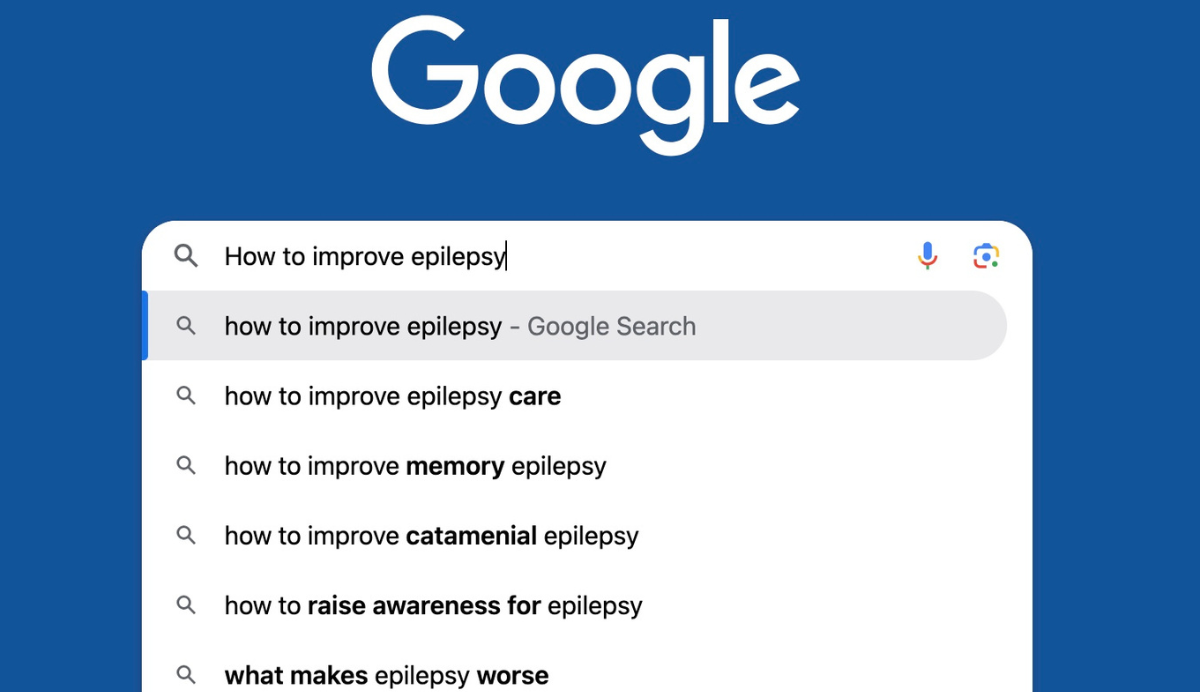I had my first seizure in 2009. I was found in the bathroom at work during a tonic clonic seizure. I managed to damage tiles but avoided any significant injuries, other than a rather painful mouth from biting my tongue and cheek. I was taken by ambulance to the emergency department at The Alfred Hospital and advised it could have been a ‘one-off’ event. However, I had two more tonic clonic seizures in as many days, landing myself in other hospitals, after which it was determined I very likely had epilepsy. I was then administered Epilim, and my seizures ceased. I arranged an appointment with my ongoing neurologist (epileptologist) Dr Anita Vinton, and she organised a range of tests; an EEG and MRI, and a diagnosis of epilepsy was confirmed.
Within weeks of my first few seizures a new type of seizure emerged; focal impaired awareness seizures. They were occurring on an almost daily basis.They resulted in me losing total awareness, speaking nonsense words, swearing, pointing, or tapping my hand, blankly staring, crying, and standing motionless. There were no triggers or warnings, which meant they occurred in any setting and with people known to me or complete strangers.
Dr Vinton prescribed additional anti-epilepsy drugs (AEDs) in an effort to control or minimise the constant seizure activity. Pleasingly, the new medications reduced my seizure activity from daily occurrences to ‘seizure clusters’. This meant, and continues to be the case, that I have a few weeks of daily focal impaired awareness seizures ranging between 3 – 15 a day, followed by a week or two reprieve, with only a handful of breakthrough seizures. I now also experience status epilepticus once or twice a year. A condition which leads to having constant repeated seizures; essentially people make no sense to me, and I make no sense to them. It’s a serious medical emergency which necessitates an ambulance and admission to the emergency department. While in hospital, IV rescue medications are administered to stop the seizures.
Developing drug-resistant epilepsy meant I was no longer allowed to drive. I had to learn to navigate public transport, acquire strategies for managing seizures at home and work, determine the best approach if I frightened a stranger due to seizure behaviour, and adjust to the negative stigma in the community. I have a great personal support network involving my partner, family, and friends - filled with love and assistance, while I adjust to my ‘new normal’. Losing my driver’s licence was probably the hardest adjustment. I felt a great loss to my independence. I’m now 14 years into my epilepsy journey, still cannot drive, and I greatly miss the sense of liberation that being able to ‘get behind the wheel’ offers.
Since diagnosis I’ve remained drug-resistant with a high frequency of seizure activity. But I’ve always had a desire to try and get on top of it, which has led me to make some big treatment decisions over the years.
I had my first neurosurgery in 2012 at the Royal Melbourne Hospital, after learning that surgery soon after diagnosis can increase the likelihood of success. After participating in several video EEG monitoring stays in hospital, and the provision of considerable information from multiple medical professionals, I felt empowered to make a well-informed decision. My decision was “yes, let’s go for it”. I can’t say I wasn’t terrified because I was. I’d led a non-eventful life. I had never even had stitches! My surgery involved a craniotomy and placement of subdural grids. I was confined to a hospital bed for a few weeks. The grids, and other tests, enabled the capturing of significant data, and the confirmation a left temporal lobe resection was possible. I had an awake surgery and part of my brain, thought to be my seizure focus zone, was resected. I experienced a couple of months of seizure freedom, but unfortunately, they returned, and to the original frequency.
In 2021, I was offered a stereo EEG (SEEG) at The Alfred, to identify the areas of my brain where the seizures were originating and determine whether another resection was feasible. SEEG involves deep insertion of electrodes into parts of the brain, connected to equipment that records the brain activity. Like any neurosurgery, it’s not entered into lightly. One must be deemed a suitable candidate, and preparation involves a lot of testing and planning so that the precise location of the electrodes can be determined. When I was offered this procedure, I was very open to the opportunity. Knowing that it involves sophisticated technology which could map the area responsible for my seizures and assist the medical team to determine whether my seizures were emanating from an area that could be safely resected, was very appealing. I had 13 electrodes implanted, whilst fast asleep. I was in hospital for eight days, and during that time I had a lot of seizures. This led to the capture of considerable data. While I was really hoping the SEEG would reveal that further neurosurgery was possible, it was discovered my seizure focus area was in a region that could not be resected.
It was suggested I have a neuromodulation device, known as a Vagus NerveStimulator (VNS), implanted to potentially help reduce, or shorten the length, of seizures. The VNS has shown to deliver terrific outcomes for people living with epilepsy but can take up to two years before you know whether it’s having an effect. I’m still in the early phase which involves the VNS settings being increased, so I’m not sure what the outcome will be for me, just yet. But in the meantime, I like to say that “I’m playing the long game”, and have my fingers crossed that the frequency and severity of my seizures will lessen overtime.
Sometimes when people learn about my epilepsy journey they ask if I regret having numerous surgeries. It’s a very reasonable question but my response never wavers. “I feel very grateful I was a candidate for surgeries, given so many people aren’t. I can never look back with regret as although none have led to significant seizure improvements, my medical team now have an extraordinary amount of data specific to me, to confidently offer me any suitable treatments that may appear on the horizon. I truly feel lucky.”
I learned about the Australian Epilepsy Project (AEP) through my neurologist, who felt I would be a suitable candidate. The AEP is a groundbreaking world-first study capturing individualised information via advanced testing to assist participants, their families and doctors better understand what is causing their seizures, which AED is most suitable, and whether surgery may be an option. The AEP can assist doctors and patients to make informed and evidence-based decisions about treatment types and candidacy, through access to AEP test results. AEP results will also deliver population level data, something which will increasingly play a role in advocacy, learnings, trials, and technological advancement. It’s a win-win for participants and the broader epilepsy community across Australia, both now and in the future.
What would I say to encourage others to sign up as participants?
Given that the AEP is easy, accessible, and with no out-of-pocket costs, you and your doctor can quickly learn more about your unique epilepsy and seizure types so that suitable treatments can be explored and discussed. By taking part in the AEP, it’s not beyond the realm of possibility that participation, and the personal test results it delivers, will lead to treatment decisions which have a profound positive effect on your quality of life.

Ask an Epilepsy Expert: What can I do to help my condition?

Ask an Epilepsy Expert: How is epilepsy diagnosed?


